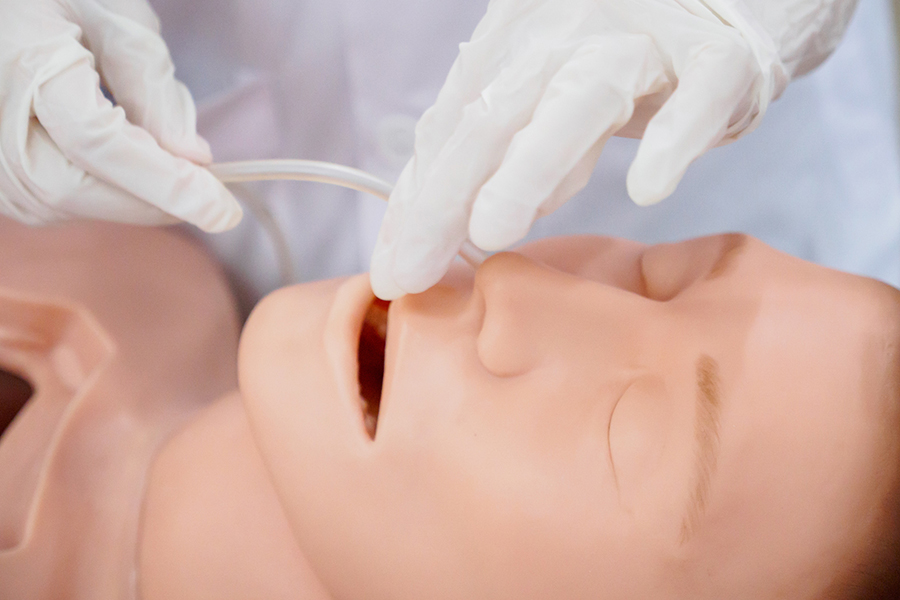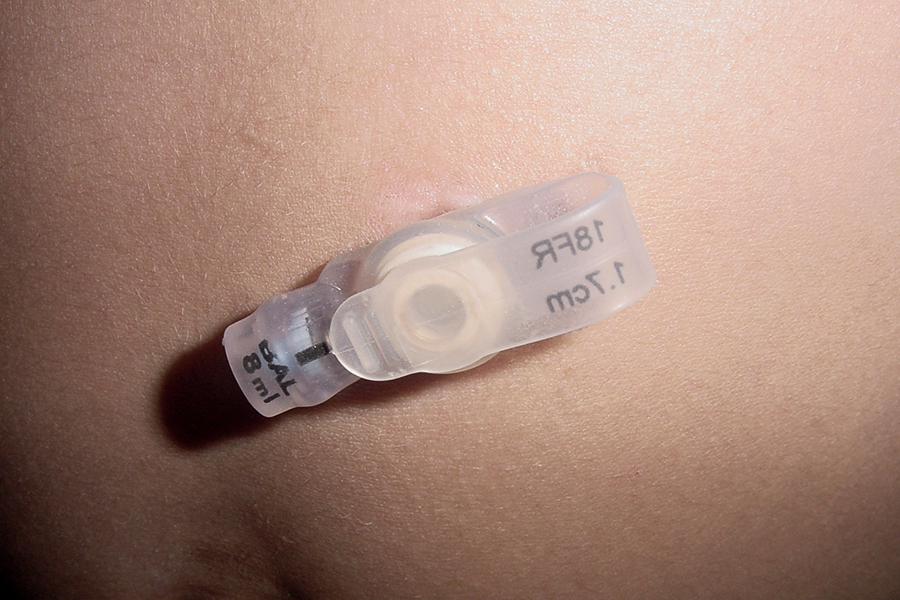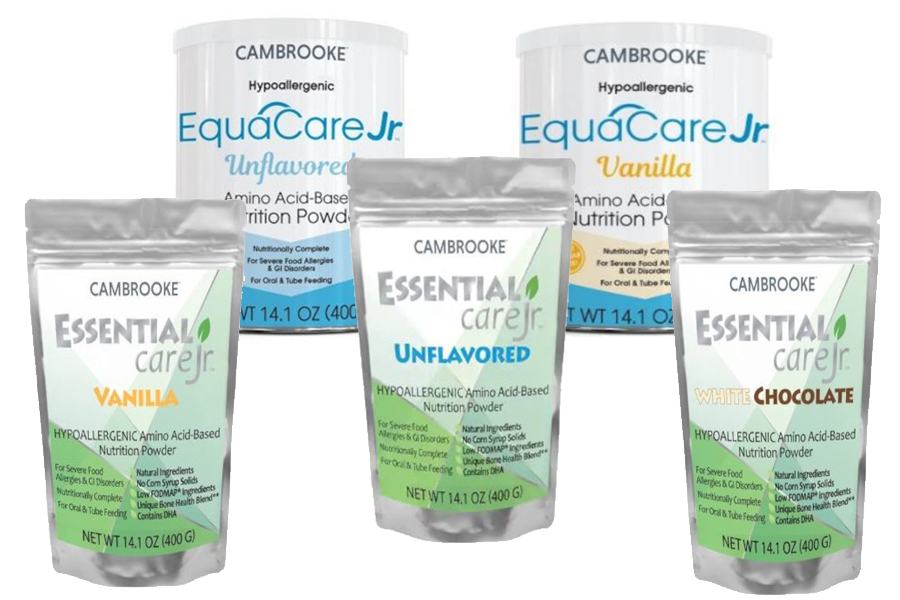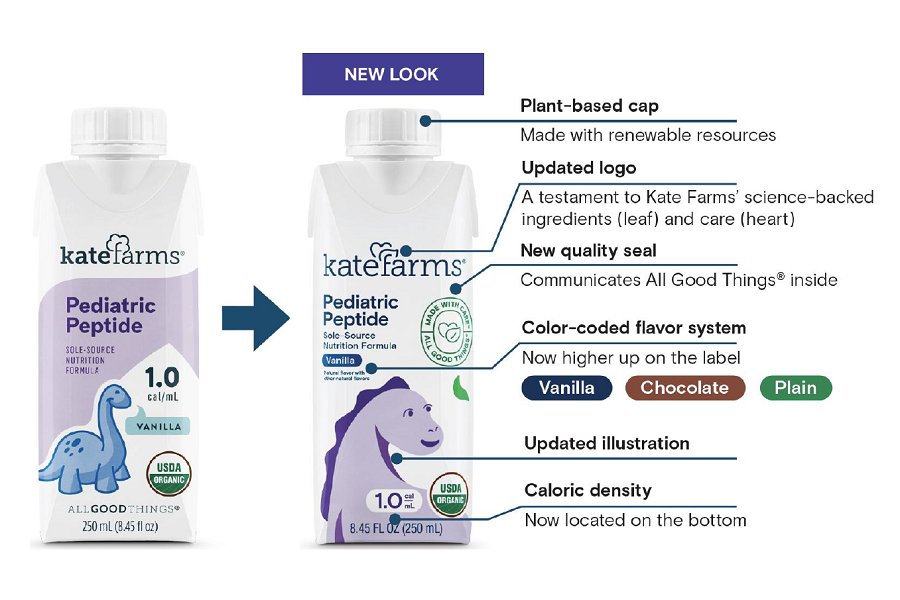Typically, standard nursing practice is to stop tube feedings due to gastric residual volume (GRV) that is twice the flow rate. So, a feeding rate of only 40 mL per hour would be held with a measured GRV of 80 mL. The problem with using GRV to evaluate enteral nutrition (EN) tolerance is that feedings are often stopped unnecessarily and not advanced to the goal rate, resulting in inadequate nutrition for patients. The practice of checking GRV is based on the belief that high GRV’s are a marker of increased risk for regurgitation and aspiration, yet evidence does not exist in the literature correlating GRV with aspiration pneumonia or with ICU or hospital mortality.
Understanding basic gastric physiology is key. The stomach’s function is not only to break down food into smaller particles and mix food with gastric acid and digestive enzymes, but it also serves as a reservoir. This reservoir allows a slow emptying – 5 to 15 mL at a time – into the small bowel for continued digestion and absorption. Normal gastric emptying occurs within 3 hours, slower for high fat meals and quicker for liquids. During fasting, the stomach secretes approximately 500 to 1500 mL; in the fed state, about 2,500 mL per day. When interpreting GRV, clinicians must keep in mind that the stomach has reservoir function and that the stomach fluid is a mixture of both the infused EN formula and normal gastric secretions.
According to current American Society for Parenteral and Enteral Nutrition guidelines for nutrition support, EN should not be stopped for a GRV of less than 500 mL unless there are other signs of feeding intolerance. Signs of feeding intolerance include emesis, abdominal distention, constipation, and complaints of uncomfortable fullness, abdominal pain, or nausea. Keep in mind that there are no standardized methods for checking GRVs and no data to prove that GRV measurements themselves are clinically meaningful. There are practice recommendations from ASPEN, which are provided below.
1. Evaluate for aspiration risk based on current medical conditions and past medical history.
2. Check feeding tube placement before initiating feedings.
4. Keep the head of the bed elevated to 30-45 degrees at all times.
5. If GRV is > 250mL on the second check, consider a promotility agent.
6. Hold feedings for GRV > 500mL with signs of intolerance, such as abdominal distension and nausea.
7. For persistent GRV > 500mL, consider placing the tip of the tube in the small intestine.
For more information about tube feeding:
























